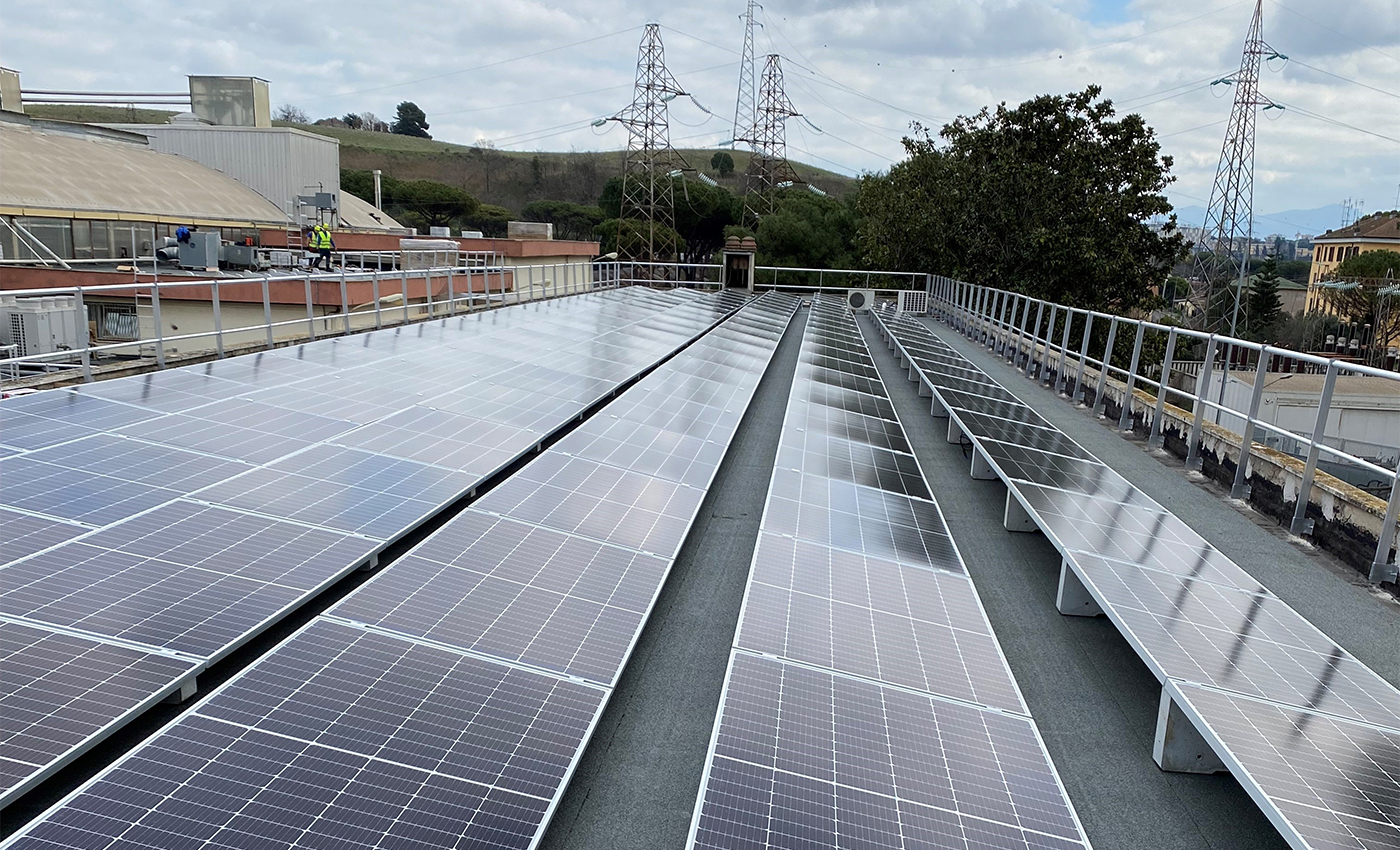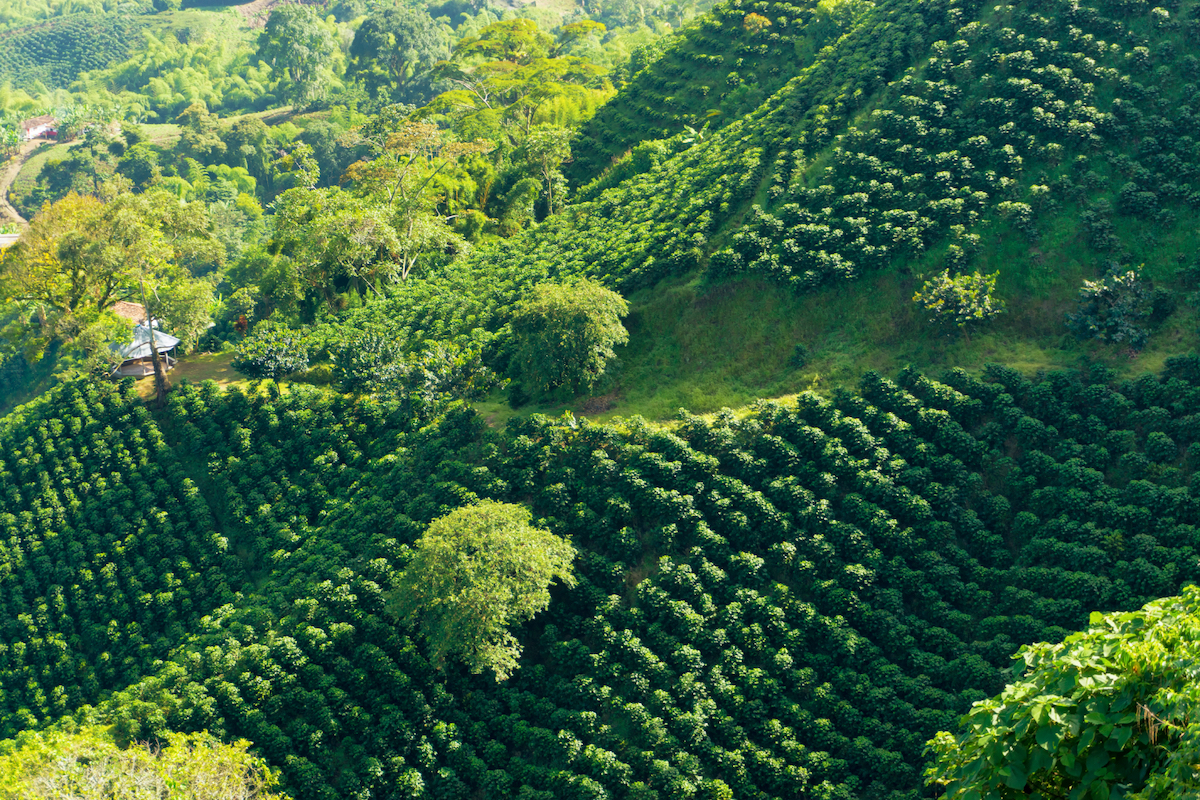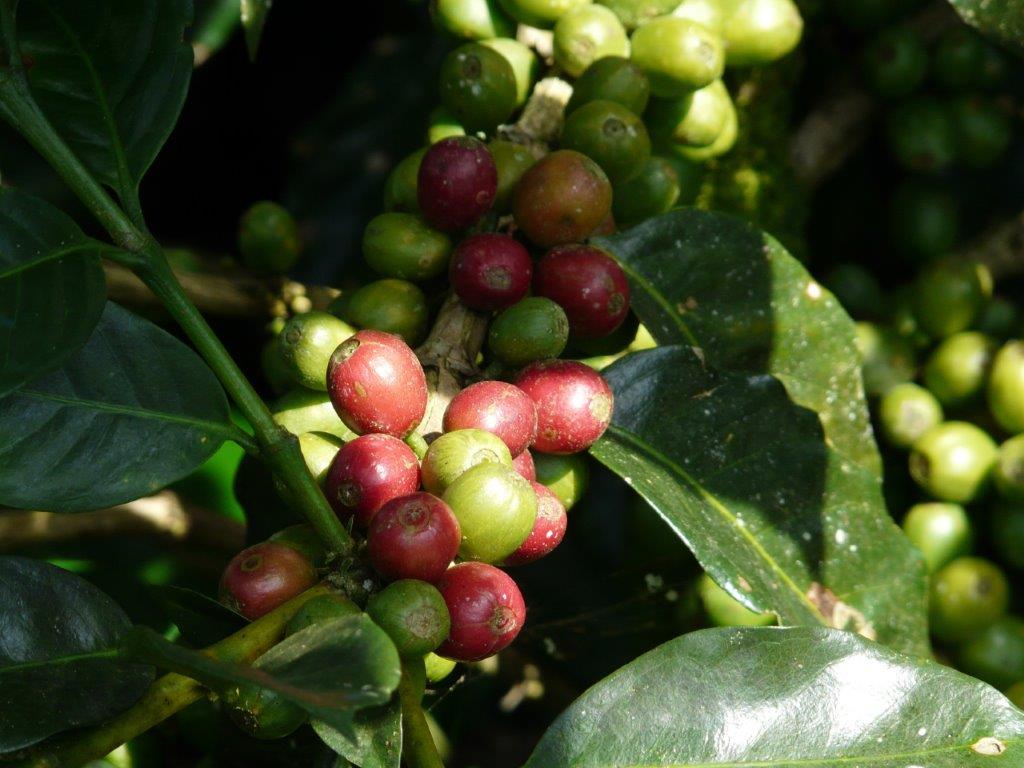What makes coffee so loved all over the world?
It’s not easy to provide an answer, certainly not just one: for some, coffee is a real “ritual” to be performed at certain times of the day, for others it is an important tradition that has been handed down over time or simply a daily moment of taste and pleasure.
Whatever the reason, there is no doubt that coffee is a unique drink and one of the most loved of all. However, what not everyone knows (and until recently was not known at all) is that one of the keys to the success of coffee is contained in the genes of the plant from which the fruits are harvested and therefore the beans that are grinded. The DNA of coffee is in fact truly particular and special! Several studies have tried to discover why..
Research
A first research, conducted by an international group of researchers from various institutes (including the Enea della Casaccia center and the University of Trieste), was published in the famous “Science” magazine. This study sequenced the coffee genome to find out how the ability of the plant to produce caffeine has evolved and to understand the complex relationships between the many genes that produce the drink’s unique and special characteristics.
If the sequencing of this research took place on the genome of the Coffea canephora species (plant from which the robusta coffee variety derives and source of about 30% of the coffee produced in the world), another study has instead sequenced the genome of a Coffea arabica plant of the Red Bourbon variety. This analysis was carried out by an Italian partnership within the Coffea arabica Genome Project.
The Coffea of the Arabica species, which makes up about 60% of global coffee production, is tetraploid (with four copies of the eleven chromosomes typical of the Coffea genus), the result of a hybridization between two diploid species: Coffea canephora and Coffea eugenioides. Given the complexity of this type of genome, sequencing took place using a hierarchical approach, with Illumina technology at the Institute of Applied Genomics in Udine. The sequence of the Coffea arabica genome, identified by the analysis of the Italian partnership, was subsequently made public for the advancement of research, not for profit.
The reasons: science, economics and … social issues
Why has so much attention been paid to studying the coffee genome? The reasons are not only scientific, however important, but also commercial and social: coffee, in fact, is not only the passion on which our company was founded, or a moment of daily taste and pleasure, but is also – as should be remembered – the second most popular drink in the world (immediately after water) and therefore a product with a great influence on the entire world economy.
To give an idea, according to the estimates of the International Coffee Organization, about two billion cups of coffee are consumed every day and the sector employs over 20 million people, significantly characterizing the economy of at least fifty countries in the world (the majority of which in development).
So what is the link between research, economics and social issues?
The results of these researches, thanks to a more in-depth and complete knowledge, can make it possible to improve the organoleptic qualities of coffee, thus guaranteeing the final consumer a better product, but also and above all an increase in the adaptability of this plant towards climate changes and diseases.
In an era marked by Global Warming and a progressive crisis in traditional cultivation techniques, more resistant plants could have a direct and positive impact on the global economic system, guaranteeing greater profits to producers and, in particular, to small local farmers in countries in way of development, thus improving their standard of living and that of their families.
Getting to know the coffee varieties better, down to the secrets of their genes and their DNA, can therefore start a virtuous circle and favor the environment, the economy of third world countries and the quality of life of many of their inhabitants. Once we understand the context in which this research is inscribed, let’s now discover what emerged from the coffee genome sequencing.
The results
The genome sequencing made it possible to “read” the coffee plant, that is, to precisely identify its origins and the complex relationships between the many different genes that compose it.
The first surprise that emerged from the sequencing was the discovery that, compared to other plant species such as tomatoes or grapes, coffee has a much greater number of large classes of genes involved in the production of alkaloids and flavonoids. For example, linoleic acid, the main unsaturated fatty acid in coffee seeds, which is significantly responsible for its aroma, is controlled by six genes, unlike the only gene intended for this purpose present in most other plants that produce it.
From the research conducted by the Institute of Applied Genomics of Udine on Coffea arabica, it also emerged that this plant has a very low diversity therefore making it particularly vulnerable to disease, climate change and other threats. Understanding the limits of the genetic diversity of coffee plants allows for the development of breeding programs to introduce greater diversity – and therefore greater “resilience” – into the species.
In this regard, the World Coffee Research has carried out a study on genetic diversity that has made it possible to identify the 100 most genetically different Arabica coffees, as well as an essential “reservoir” for coffee farmers, and to create a “genetic distance matrix” to understand how genetically different plants are from each other. Using this matrix, strains known for certain desired traits can be combined with genetically distant companions to maximize offspring strength. A team of WCR growers even organizes seminars to help select mother plants for hybrid crosses.
The “reading” of the genome of the coffee plant has also highlighted its singular evolution of the ability to produce caffeine. The sequence and position of the genes involved in the production of caffeine in the coffee plant, in fact, show an evolution independent of those having the same function in other related plants, such as tea and cocoa. Curiously, therefore, the genes that determine the production of caffeine do not come from a common ancestor, but were developed by each species on their own!
Scientists were also interested in the function that caffeine can play from an evolutionary point of view for the plant. Among the different hypotheses, this chemical substance could be a good repellent for harmful insects or it could serve to block the growth of competing plants, attracting pollinating insects. According to another recent study, in fact, these animals can develop a habit for caffeine and therefore prefer the plants that synthesize it, becoming “addicted”. A curiosity: it seems that even bees “love coffee” as much as we do and that, once they have tasted the nectar of caffeine-producing plants, they tend to look for them again: it won’t be a real espresso but… they seem to like it a lot!
New challanges
In light of these various discoveries, the current challenge is to use such research to link the characteristic traits of coffee, such as taste or aroma, to specific gene sequences. In fact, the sequencing of the coffee genome will have a great impact on our future: in a historical moment in which the biodiversity of plant varieties is decreasing (mainly due to climate change and deforestation), these studies will offer great opportunities for cultivation of the species and will make it possible to safeguard the varieties still existing in the wild.
Due to climate change, the land suitable for the cultivation of Arabica coffee risks being reduced by 50% by 2050. At the same time, according to forecasts, the global demand for coffee should almost double in the same period. The results of genetic research on coffee will therefore be fundamental to combat these threats and protect plants, final consumers and all the players involved in the coffee supply chain.
The research continues: The COMETA project
Did you know that Danesi Caffè is also directly involved in scientific research on the coffee plant?
Our company is, in fact, leader and leading partner of the COMETA project (Quality testing of organoleptic properties of COffee blends via genetic and METAbolic fingerprinting). The project partnership includes the biotech company Genechron and makes use of the collaboration of ENEA and the Campus Biomedico University of Rome as Research Organizations.
In fact, thousands of molecules deriving from complex chemical-physical reactions and transformations that occur inside the coffee seeds during the roasting process are responsible for the typical aroma and taste of coffee. However, climatic changes also produce a variation in the biochemical contents and, therefore, in the properties of the grains given by various factors such as the genetic variety, the geographical origin, the climate and the environmental conditions of the place of cultivation, but also the processes and cherry processing techniques.
The COMETA project aims to create an electronic multisensory system to determine the aroma and taste of coffee thanks to the analysis of some of the main volatile compounds released during roasting. From the analysis of these chemical components it will then be possible to accurately identify optimal process parameters, which give life to those particular organoleptic properties that characterize the beverage in the cup.
But there’s more…
A genetic fingerprint
Thanks to the Genechron partnership, it will also be possible to find out more about the species and varieties of coffee that make up our blends. Within the COMETA project, in fact, genetic fingerprinting will also be carried out and, through the determination of the metabolites that are released during roasting, these compounds will be associated with their genetic origin.
This research is part of Danesi’s ongoing commitment to a coffee culture made up of technique, research and experience, based on knowledge and respect for nature and the use of the most innovative technologies. There are in fact many advantages that can lead to the constant search for quality in the coffee production process: the COMETA project is a further opportunity for Danesi Caffè to transfer its centuries-old expertise in the production of coffee within an electronic system. to be used in the roasting process.
And if you are wondering what the advantages are for you coffee lovers, the answer is simple: being able to guarantee the final consumer a cup of coffee that is always of the highest quality!
Ilaria Danesi













